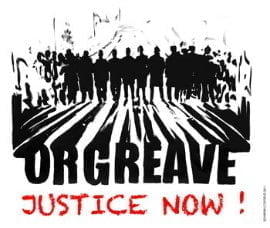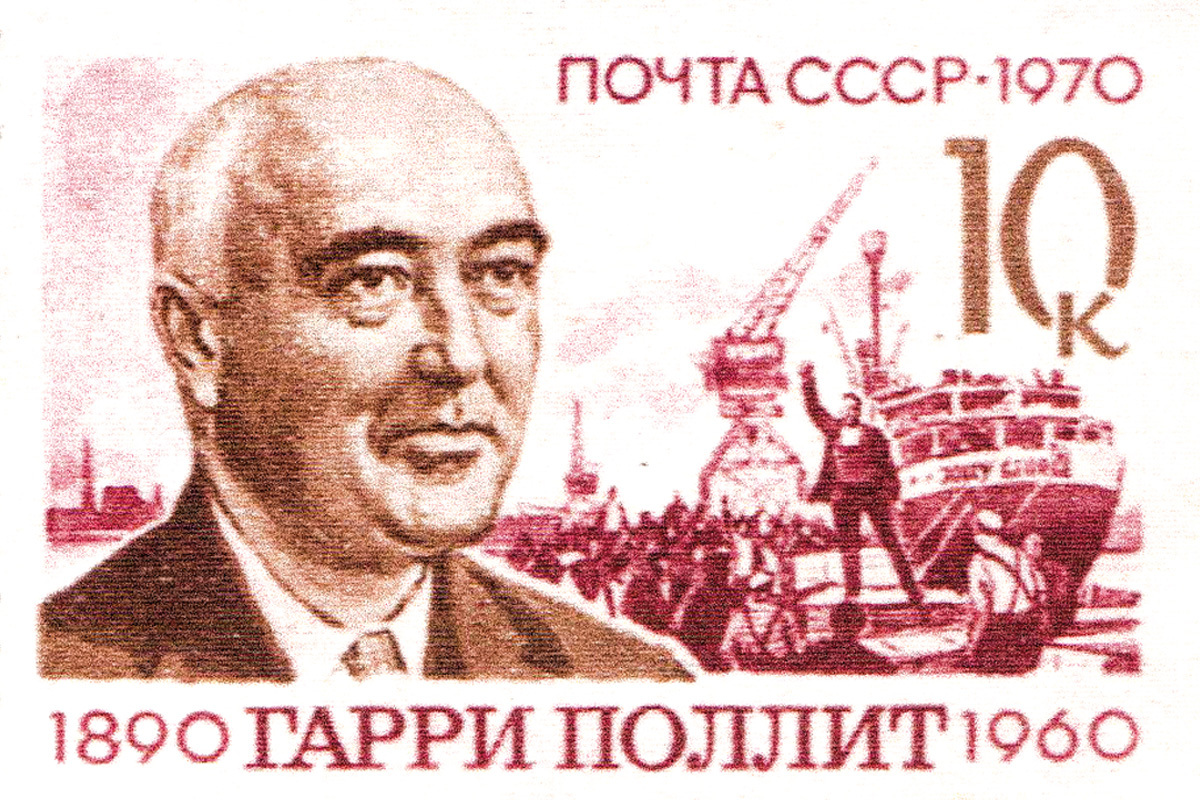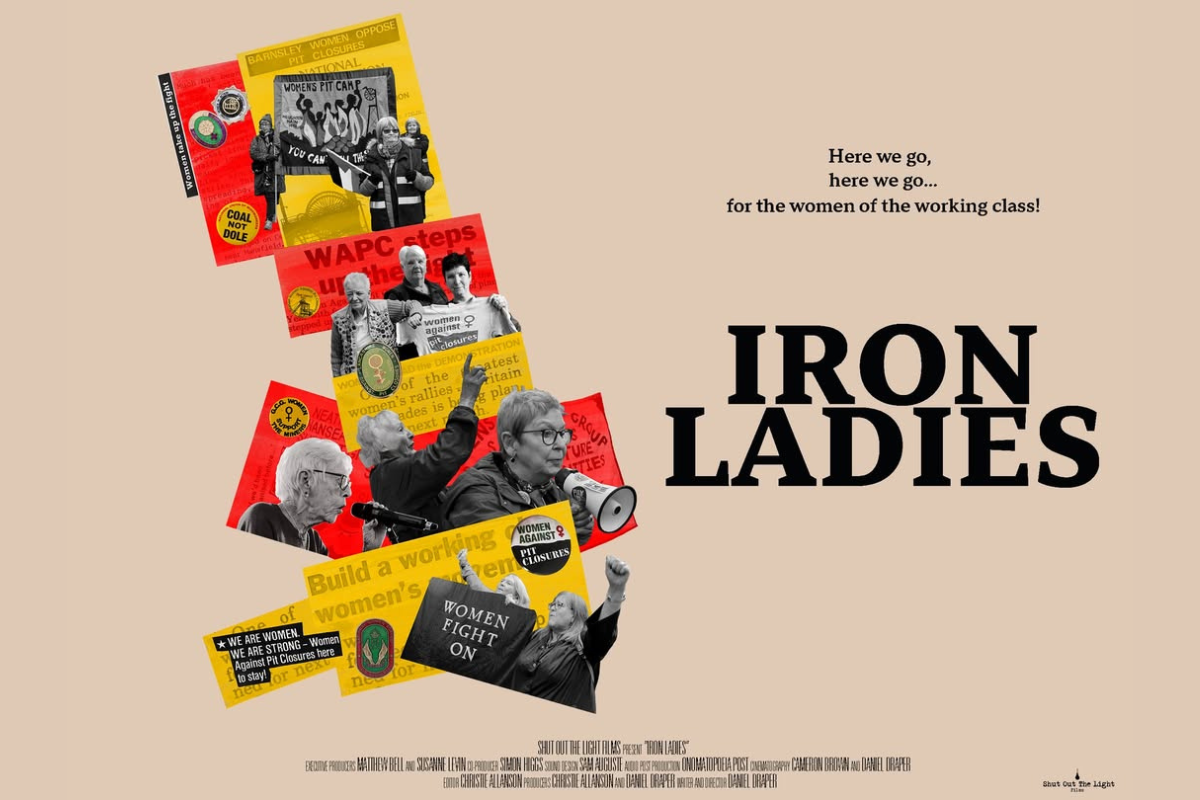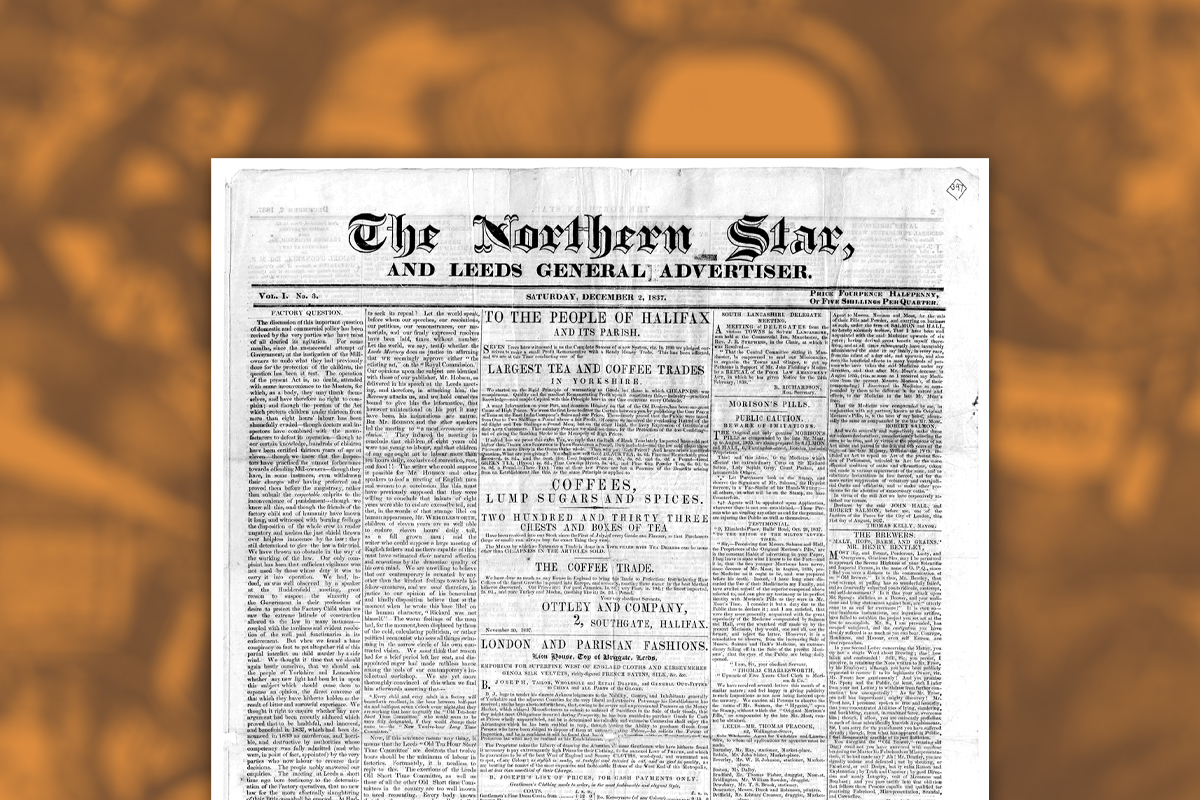18th June marks the 30th anniversary of the events at Orgreave, which took place during the Great Miners’ Strike of 1984-85. We publish here an extract from a longer article, written 10 years ago, that look back at the Battle of Orgreave and ask: what happened and why?
18th June marks the 30th anniversary of the events at Orgreave, which took place during the Great Miners’ Strike of 1984-85. The brutal attack by police has gone down in history as one of the most ferocious battles between the state machine and the striking miners to take place during the 1984-85 strike. To date no police officer has ever been held to account over waht happened at Orgreave.
When the Home Secretary, Theresa May, attacked the Police Federation last month for failing to face up to a number of scandals – Hillsborough, Ian Tomlinson, etc. – she neglected to mention Orgreave. We can guess why. The police were acting under the direct orders of Thatcher and the Tory government. The recent release of state papers under the 30 year rule has confirmed what most trade unionists and miners already knew about Orgreave and the police.
We publish here an extract from a longer article, written 10 years ago, that look back at the Battle of Orgreave and ask: what happened and why?
As in 1972, the mass picket of a coking plant would play a decisive role in the 1984-85 dispute, but this time with a different outcome. The ruling class had clearly learned from their earlier defeat at Saltley Gate.
Between the end of May and the middle of June the events at the Orgreave coking plant near Rotherham led to the most violent confrontations witnessed by the British labour movement since the first world war.
NUM pickets assembled on the Sheffield side of the plant while the police gathered in their thousands at the front of the plant, with mounted brigades lined up in an adjacent field. Police with dogs and thousands in riot gear surrounded the pickets. As soon as the lorries had entered the plant, the riot police launched their offensive. The mounted divisions rode into the surrounded miners, followed by truncheon wielding foot police. This was a military operation. For all the beatings and arrests, the miners were not cowed.
On June 18, 5000 strikers turned up to be met by an even greater number of police and an unprecedented orgy of violence. The forces of law and order ran riot, beating and bludgeoning the miners.
Bitter lesson
From their experiences on the picket lines, and not just the obscenity of Orgreave – the taunts and insults, officers waving their overtime payments in miners’ faces – many rank and file miners who before the strike had respect for the law and the police who upheld it, learned a bitter lesson from the end of a truncheon, that the law, the courts and the police are arms of the state for the defence of private property, that is, for the defence of the capitalist system.
The capitalist media portrayed Orgreave as the height of picket line violence… by the miners! Thatcher infamously denounced the strikers as “the enemy within”. In the Falklands she said they had fought the enemy without, and now they would fight the miners, this in other words was to be their ‘industrial Falklands.’
Kinnock was joined by Willis – the TUC leader, both desperate to prove their respectability – in condemning both sides ‘even-handedly’, reserving most of their venom for the pickets. Doctored film footage was shown on the BBC – which years later conceded that a ‘mistake’ had been made – demonstrating that the miners attacked first.
Could the strike have spread to other workers?
There were no more mass pickets at Orgreave after this ferocious battle. Mass pickets were not having the desired effect. The scab operation to move coal by road was stepped up. For the miners to have won on their own would always have been an immense task.
As months passed solidarity action from other unions became ever more decisive. Yet it was not forthcoming. Railworkers in Leicestershire blacked coal at great personal risk. The printers at the Sun newspaper – a filthy rag which put itself at the forefront of the propaganda war against the miners – refused to print a front page picture portraying an alleged Hitler salute by Scargill (actually a wave caught at an angle by a photographer) under the despicable heading ‘Mine Fuhrer.’ But these were only isolated incidents.
There could be no doubt that the might of the labour movement brought out in support of the miners would not only have secured the future of their pits and their communities but could have brought down Thatcher and the Tory government.
Was such support available from the rank and file of other unions?
There is an argument that the miners strike was taking place against a background of a decline in strikes after the period of 1979-82. Nonetheless in 1984 of the 26.5 million working days lost to strike action, 4.3 million were not the miners. The support of workers across the country was demonstrated by their tremendous donations week after week, support which was matched by workers overseas. But this tremendous solidarity was not matched by the union leaders who timidly cowered behind the law to cover their bare backsides.
A whole separate article would be necessary to deal with the magnificent role played by the miners’ support groups and especially by the miners’ wives. The collection of money, organising of soup kitchens and social events was only one side of the work of these groups. The wives played a most militant role, including on the picket lines, indeed, it would be hard to imagine how the miners could have endured so long without the immense sacrifice they contributed.
In August a new opportunity raised the miners’ spirits. The Coal Board had foolishly torn up an agreement with the pit deputies represented by NACODS. In a ballot a remarkable 82.5 percent of their members voted for strike action. If these workers, responsible for safety in the mines, had walked out then no pit in the country could have worked. Tragically, 24 hours before their strike was due to begin, the NACODS leaders shamefully called it off, preferring to sign a separate deal with the coal bosses, an agreement which the NCB bosses were quick to renege upon. The miners were on their own again.
In September the TUC passed a mealy mouthed resolution supporting the miners but offering no concrete action. One would search in vain in the archives of the TUC for leaflets supporting the miners’ struggle. They did not even organise a national demonstration. Had they done so the response would have been immense. This in turn would have put the TUC leaders under enormous pressure to organise solidarity action, and this they were not prepared to do.
TUC leader Willis addressed a mass rally in November at the Afan Lido in Aberavon, South Wales. Thousands were packed inside, and thousands more lined the streets outside. The mood was electric. But Willis chose this venue, for the sake of the watching press, to once again condemn violence by pickets. During his speech a noose was lowered in front of him carrying a placard reading ‘where is Ramsay McKinnock’. This is just one example of the humour of the strike, illustrating the contempt in which these leaders of the working class were increasingly held by the miners they would not support.
When the NUM’s funds were to be sequestrated – the courts and the law again being used to try to crush the miners – the TUC had one last opportunity to organise solidarity action. A one-day general strike would have shaken the ground beneath the judges, the NCB and the Tories. But no such action was forthcoming. As in 1926, the leaders of the TUC had abandoned the miners to their fate.






